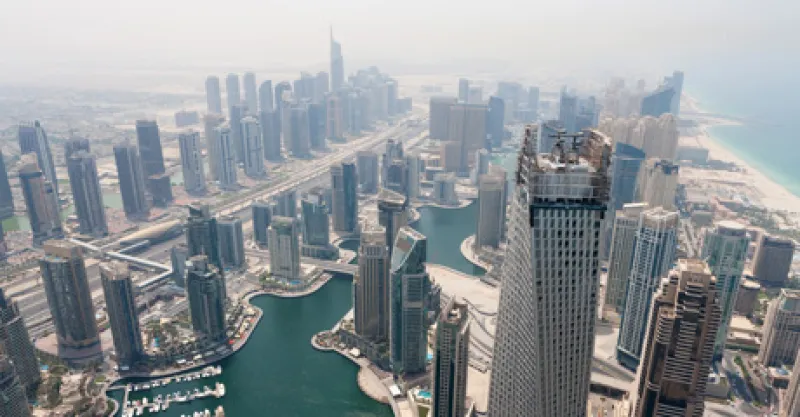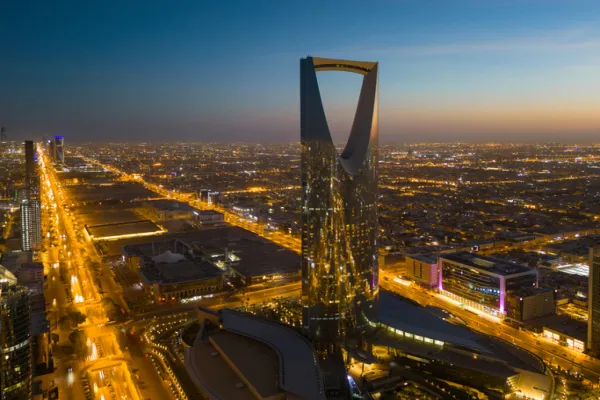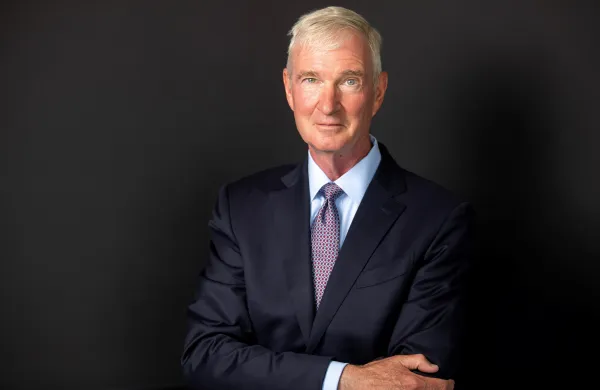After a debt crisis brought Dubai to the brink of financial ruin four years ago, most bankers believed the emirate had been chastened. There would be no more man-made islands, world’s tallest buildings or gigantic shopping malls, observers said.
But in a country that focuses relentlessly on the future, memories of past excesses fade quickly. The once-battered property market has rebounded smartly over the past year, with rental rates and sales prices rising. A surge in tourist numbers in the wake of the Arab Spring is boosting Dubai’s coffers; hotel occupancy rates were just below 84 percent in May, according to TRI Hospitality Consulting, an international consultancy with offices in Dubai, as visitors opted for the security of the Gulf over other regional destinations such as Egypt, Jordan or Tunisia.
With the market seemingly on the mend, the authorities have rediscovered a taste for the grandiose. State-backed developer Emaar has drafted plans for a gigantic new city on the outskirts of Dubai that conjure up memories of the 2006 and 2007 heyday of bombastic project launches and unbridled bullishness. The new Mohammed Bin Rashid City (MBRC) will include the world’s biggest mall, 100 hotels and 1,500 villas, according to the promoters. The developers plan to finance half of the project and raise the other half of the funding from banks.
Such ambition is prompting outsiders to urge caution, though. In June the International Monetary Fund warned that even though Dubai’s economy is stronger than it was in 2009, the emirate’s debt still clocks in at $142 billion, or 102 percent of gross domestic product. Government-related entities such as Emaar and fellow developer Nakheel have increased their combined debts by a little more than 10 percent over the past year, to some $93 billion, the IMF estimates. Fully $60 billion of that total will mature between 2013 and 2017. In light of those debts, Dubai authorities should make sure that the execution of new developments “will be gradual and flexible depending on demand,” the fund cautioned in its Article IV review of the economy of the United Arab Emirates.
“The situation is not quite as rosy as people may think, and certainly Dubai natives seem to paint the situation much more positively than the bankers we have spoken to,” says George Abed, director for Africa and the Middle East at the Institute of International Finance and a former Middle East director at the IMF. “There is some worry that they are overbuilding again” before they have gotten their outstanding debts under control, he adds.
Dubai Group, a unit of Dubai Holding, the investment firm owned by the emirate’s ruler, Sheikh Mohammed bin Rashid Al Maktoum, is expected to finalize its debt restructuring soon, says Harald Finger, the IMF’s mission chief to the UAE. The deal will be the last restructuring of GRE debt stemming from the 2009 crisis.
Even with the restructurings, however, Dubai has plenty of debt to manage. The government owes $20 billion to its neighboring, oil-rich emirate, Abu Dhabi, an amount that comes due in 2014. The restructured debts of Dubai World and Nakheel — the developer behind the development of dozens of man-made islands off the emirate’s coast — begin to mature in 2015 and 2016. The IIF puts the total figure for debt due in 2014 at as much as $27 billion, with up to $15 billion due in 2015.
“The government should ensure that execution of the newly announced megaprojects is gradual and structured in a way that strictly limits new risk-taking by the still highly indebted government-related entities,” Finger said.
Meanwhile, an apparent recovery in the housing market may not be all that it seems. Rental rates, which had plunged during the crisis, rebounded by 16 percent in 2012, according to real estate services firm CBRE, and sales of new apartments rose by 12 percent. Sales rose a further 18 percent in the first quarter of 2013, according to Jones Lang LaSalle, the property services and investment management firm. Supply remains abundant, however. Dubai has an estimated 345,000 residential units, and 45,000 more are due to come on the market in the next two years.
The recovery is also concentrated mainly on high-end properties in desirable locations rather than the mass market. Rents and sales prices are rising around the Burj Khalifa, the world’s tallest tower, and in Dubai Marina, a stone’s throw from the beach, but the recovery has so far bypassed huge portions of the emirate’s housing stock that lies on the city’s outskirts. Rents in Arabian Ranches, a dusty, 20-minute drive inland from the coast, or International City, a huge complex of shoddy apartment buildings constructed at the height of the property boom, continue to plummet, and sales in those areas are negligible.
“Dubai is not one single market, it is several hundred neighborhoods,” says Saud Masud, CEO at SM Advisory Group, a New York–based investment firm that focuses on the Middle East. “You have desirable pockets, but you still have massive oversupply in less desirable areas.”
That problem is only likely to get worse. The latest data from Jones Lang LaSalle show that of the 45,000 residential units due to come online by 2015, only some 13 percent are in popular neighborhoods, while the remainder are in less desirable areas. This includes over 6,000 units in Dubailand, a failed theme-park development, and 5,500 in Dubai Sports City, another unfinished megaproject with little infrastructure, facilities or even decent road links.
The modest gains in rents and sales in popular areas of the market is to be expected, especially in light of the 65 percent drop in home values since the 2008 crash. The correction having been made, neither CBRE nor Jones Lang LaSalle forecast similar rises in 2013.
“There has been a lot of confidence come back into the market, which landlords have jumped on. They are just making the most of the situation in the short term,” says Matthew Green, head of research for the United Arab Emirates at CBRE in Dubai.
Most of the experts and consultancies on the ground in Dubai are reluctant to openly criticize the launch of Mohammed Bin Rashid City, which, like Dubai Sports City, will be built on the city limits. Bad-mouthing personal projects of the Sheikh is not advisable for those who wish to do business in the emirate. Even UAE authorities step lightly when it comes to the property sector.
For example, last December the UAE Central Bank proposed to put a ceiling on loan-to-value ratios and mortgage amounts for first- and second-time buyers to avert a fresh property bubble, only to backtrack a month later under apparent pressure from lenders and developers, saying any ceilings would not be compulsory. In May the central bank said it was referring its proposed mortgage caps to lenders for their feedback.
Dubai is hanging its hopes on population growth. The government is targeting a rise to 3.5 million residents by 2020 from 2.1 million today. That’s a staggering 67 percent increase, but it would be in line with recent trends, considering that the emirate’s population has nearly doubled since 2005, when it stood at 1.1 million.
Given such growth projections, “a lack of constraints on first- and second-time buyers is not really the issue,” says Green. If the central bank is serious about curbing the rise in housing prices, it should look at other options, analysts say. These could include minimum holding periods of six to 12 months for purchasers of new properties to prevent apartment flipping, a popular pastime during the boom. Higher property taxes could also contain market exuberance.
Yet restraint doesn’t seem to be part of Dubai’s DNA. At the end of June, Drydocks World, a unit of Dubai World, said it was relaunching a project to develop an underwater hotel off the coast of the emirate, and Nakheel unveiled plans for a new waterfront development with townhouses and a recreation area. Even Donald Trump is getting in on the action. The U.S. developer, who pulled the plug on a planned hotel and tower after the crisis hit, recently announced plans to build an international golf course on the city’s outskirts. Rather than focusing on the emirate’s core strengths of trade, tourism and finance, the government seems not to have shaken its addiction to headline-grabbing megaprojects.
“The government-owned entities and government consider what happened [in 2009] a small blip, as if it is really not that big a deal,” said IIF’s Abed. “But it was a big deal, and they need to be more cautious.”






